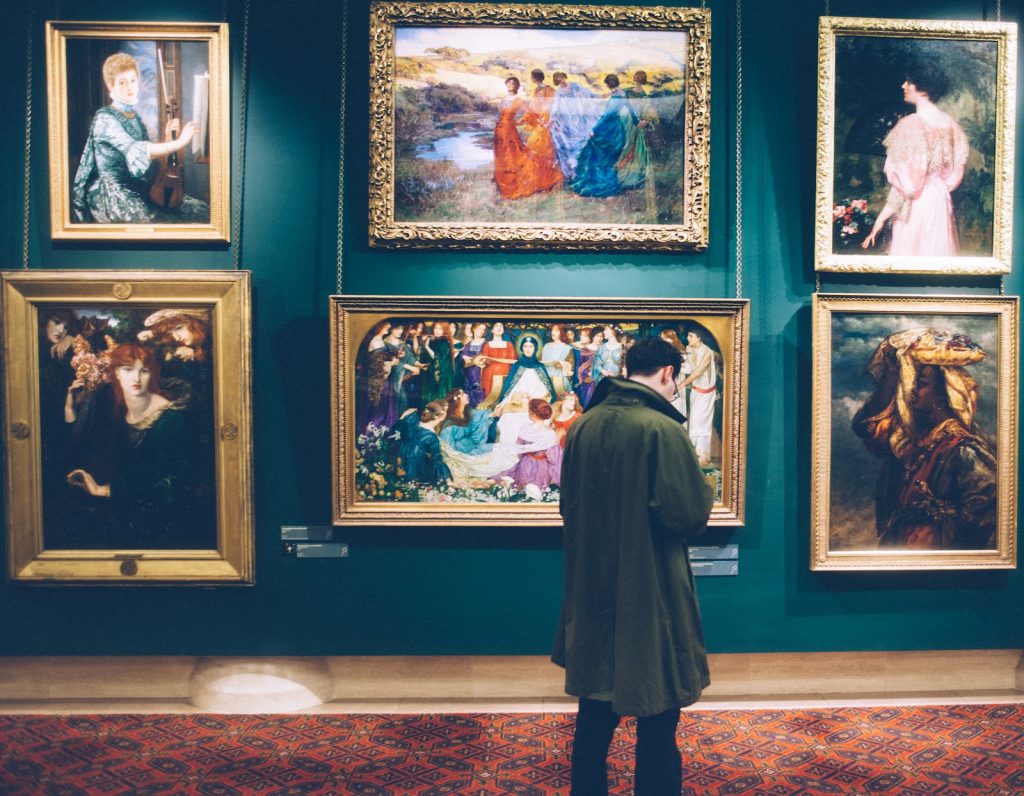The first obstacle that novice art investors face is the need to develop an understanding of valuation techniques and artistic theories. This means you need to have a passion for the art world since it is quite different from the traditional valuation investing techniques and methods. Additionally, you’ll want to know about art investment returns.
Earning Art Investment Returns Through Knowledge
If you are new to the art investing world, you will need to put in a lot of time and effort to learn the industry. It is a good idea to get a good understanding of art history, artistic methods, price trends as well as the market before you go invest in art. Certain platforms have a database that allows investors to gain knowledge and analyze different artists’ sales records, locate auctions, and estimate prices. Other organizations may also offer training to help you understand the basics of collecting, investing, and art theory.
Investing in art will require you to think about the financial aspects of owning art pieces. There are several things you will need to consider, starting with how much you’re willing to shell out to invest. Investing in art allows you to own a physical piece of artwork or, should you prefer to become an investor of classical art pieces, buying shares online is now made possible.
Using Technology to Invest in the Arts
There are online art investment platforms you can consider such as Masterworks. This is an option for investing in art with only a low barrier to entry. You can already invest in blue-chip artwork for a small amount and anyone interested can invest.
You won’t be owning physical artworks per se, but the funds do offer diversification and return potential. Art is just like any other investment and there’s still a level of risk involved. Political and economic uncertainties are the biggest risks when it comes to the art world. This means that it can affect the artwork’s trading and pricing during those times. However, there is still a difference in investing in art than in stocks since it still has the potential to be stable or it can increase in value if the stock market goes down. Using technology and platforms such as Masterworks can also help mitigate the risks.
How Reliable Are Art Investments?
In 2018, the S&P declined by 5.1 percent while the art market returned with 10.6 percent. Art may offer a cushion to your investment portfolio should the stock market be volatile, especially if global economic conditions shift quickly. That is why it is important to diversify your portfolio so you can balance out your gains and losses and still make money.
Remember, investing in art isn’t something that you should just do because you feel like it or you want to jump on the bandwagon. It takes time to learn the ins and outs of the art market and know what you can expect in terms of art investment returns. Not to mention, investing in art takes a sizable amount of knowledge and initial investment money. Most art investors have to place at least five figures into their investment to see any return and that isn’t certain.
When investing, it’s always good to look beyond the purchase price and allow a little extra since there will be certain fees that need to be paid. Be sure to compare the artwork’s performance to see if the fees are justified. The bigger the amount you can set aside beforehand, the bigger the chances of your art investment becoming a success.
